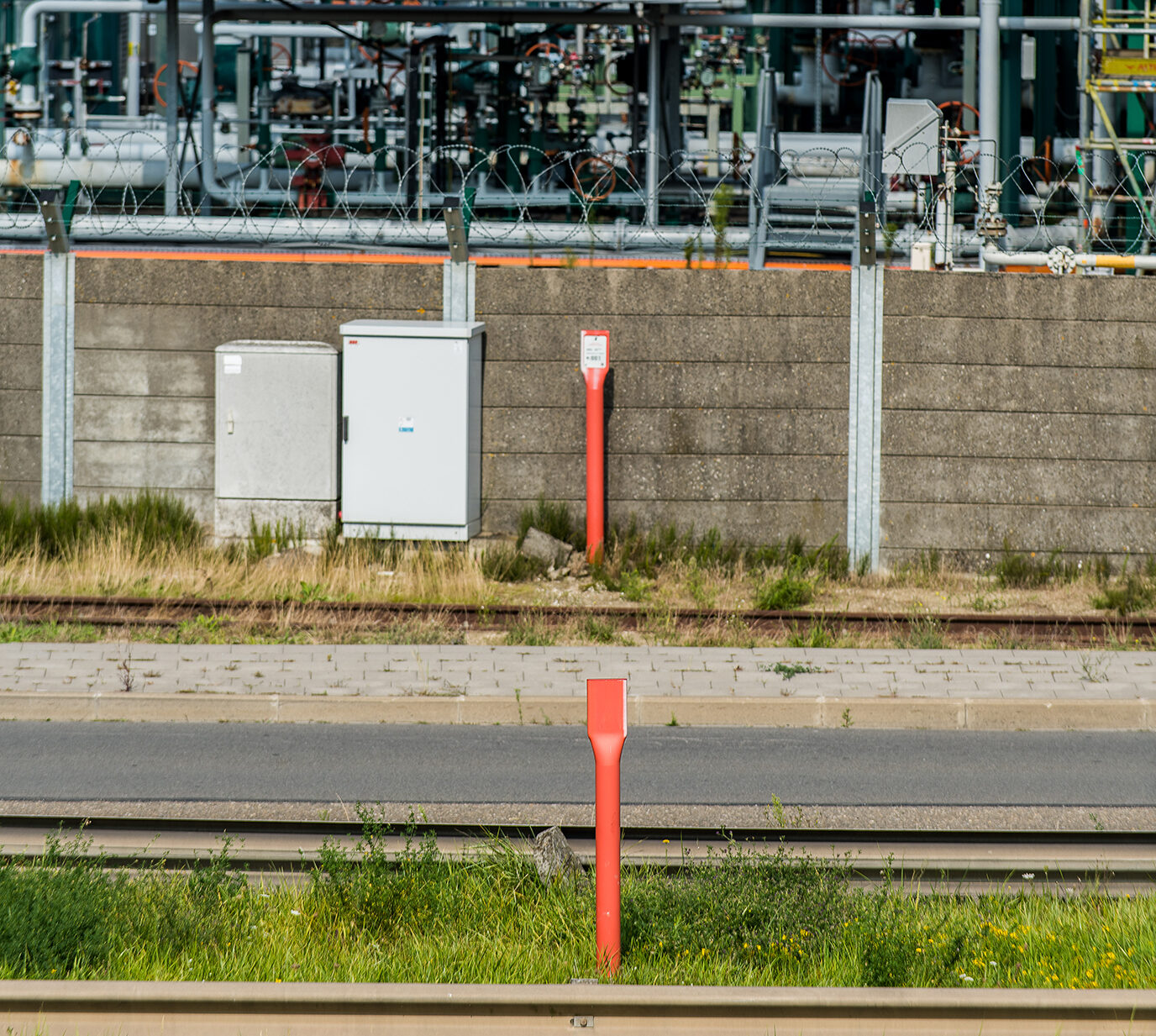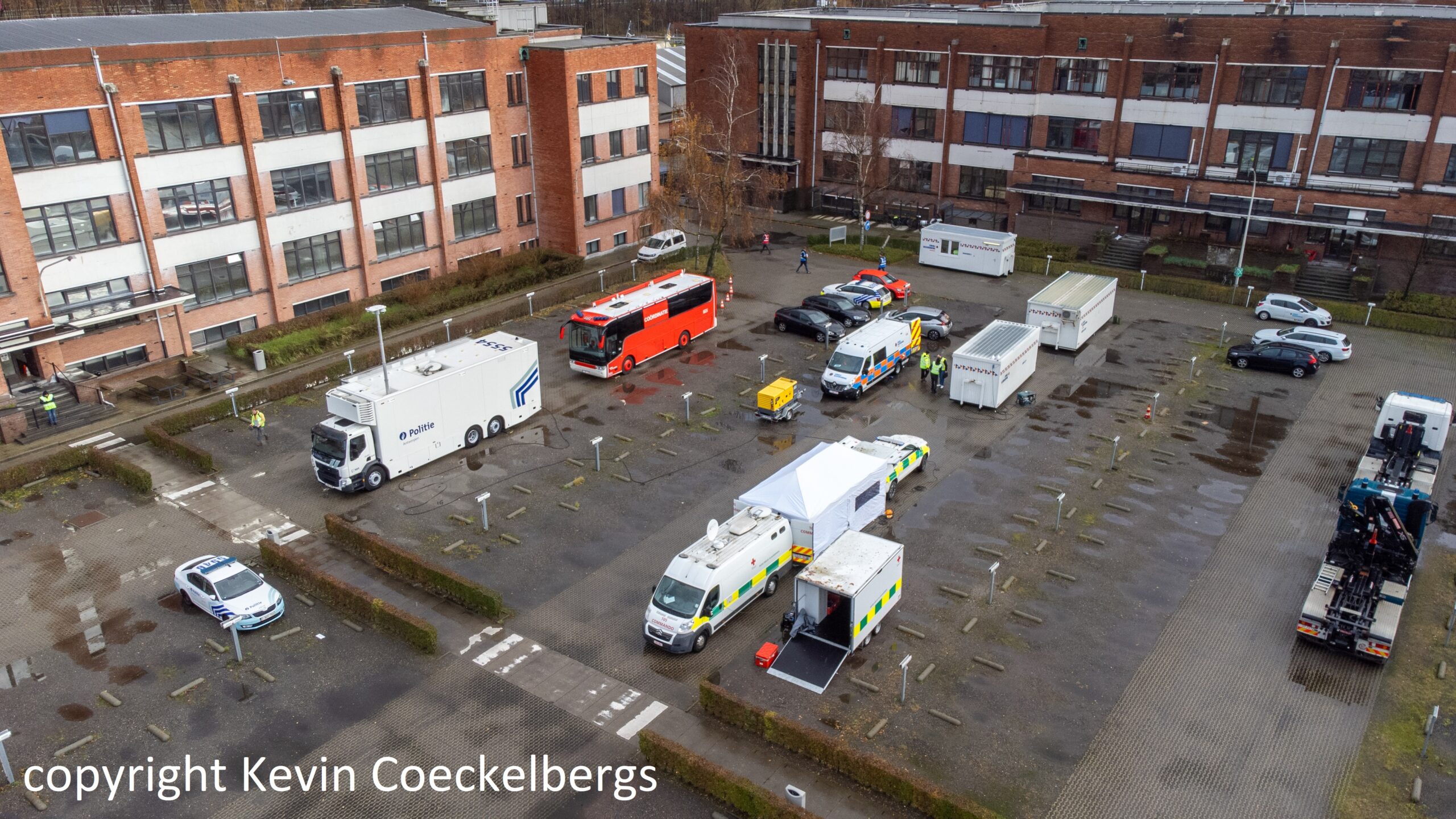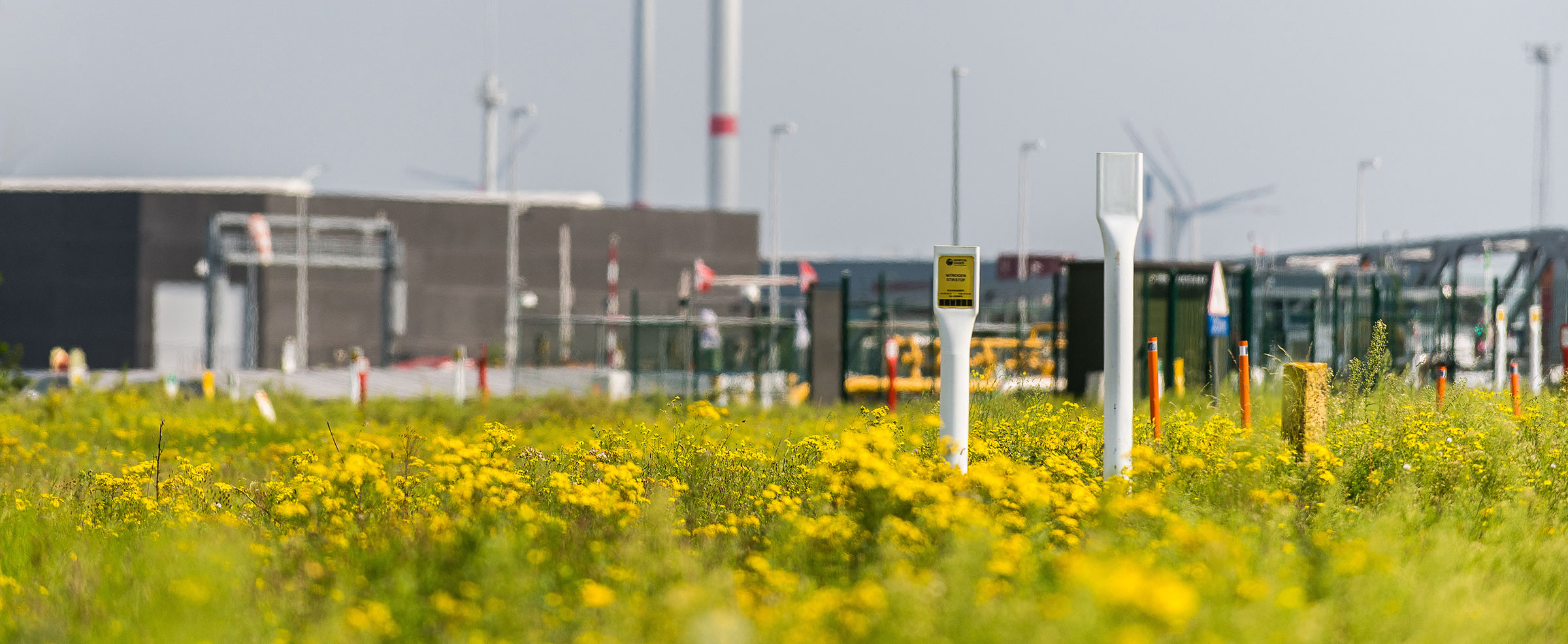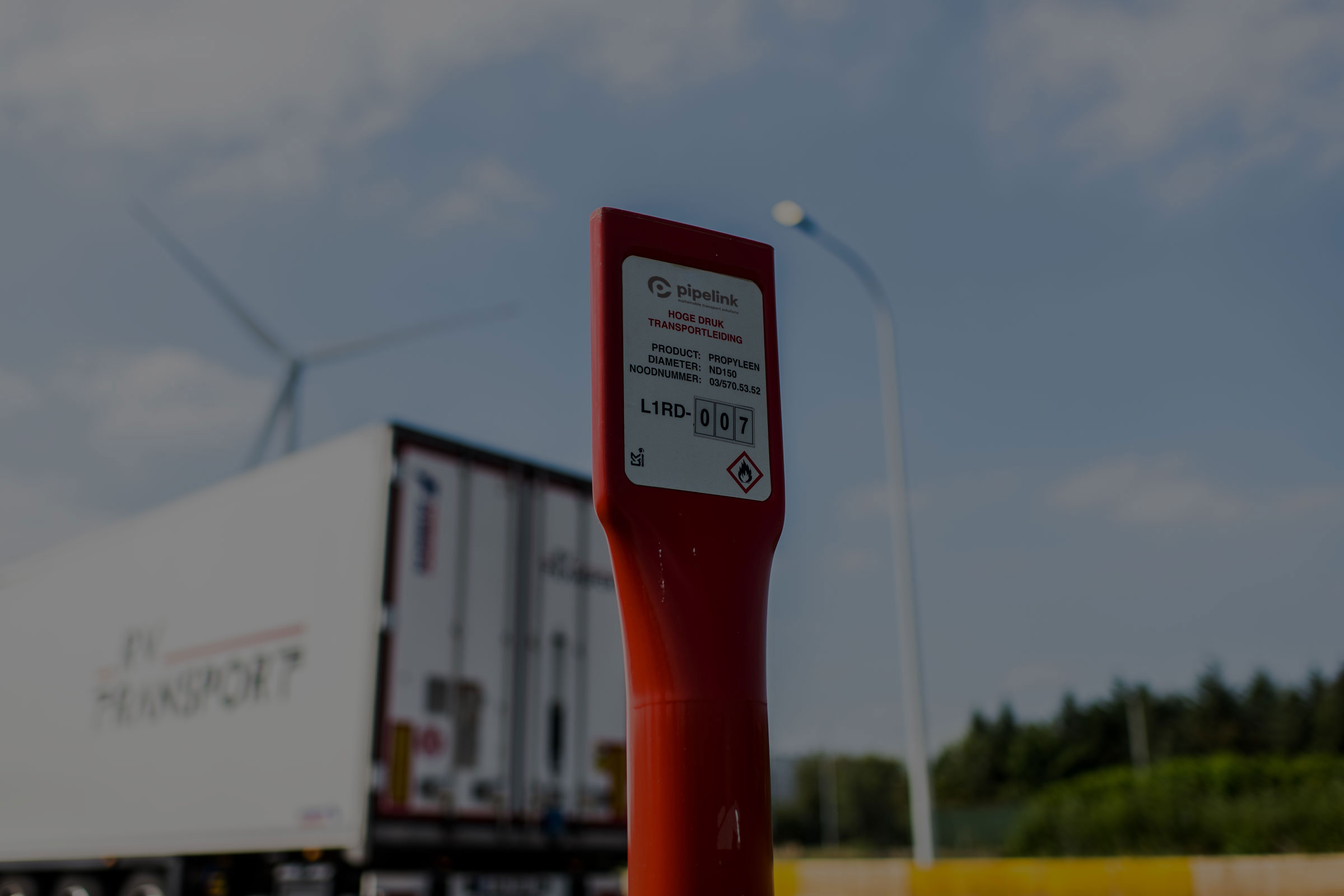This is how we make sure our pipelines remain in top condition
Pipelink does everything in its power to ensure the mechanical integrity of its pipelines. Most importantly, we avoid corrosion with External Corrosion Direct Assessment (ECDA). Through various inspection methods, we then verify that the polyethylene coatings of existing pipes remain in top condition.
Coating as a passive protection against corrosion
The steel pipes used in the construction of our pipelines are coated with polyethylene. This coating is applied in the factory, after the pipes have been manufactured. The coating forms a first and passive level of protection against corrosion.
Cathodic protection, a second level of protection
Our steel pipelines are also equipped with an active cathodic protection. This is a method of corrosion control in which the potential of steel is actively lowered below a certain threshold, thereby significantly reducing the risk of corrosion in the event of coating failure.
The proper functioning of the cathodic protection – as also required by Belgian legislation – is checked at regular intervals.
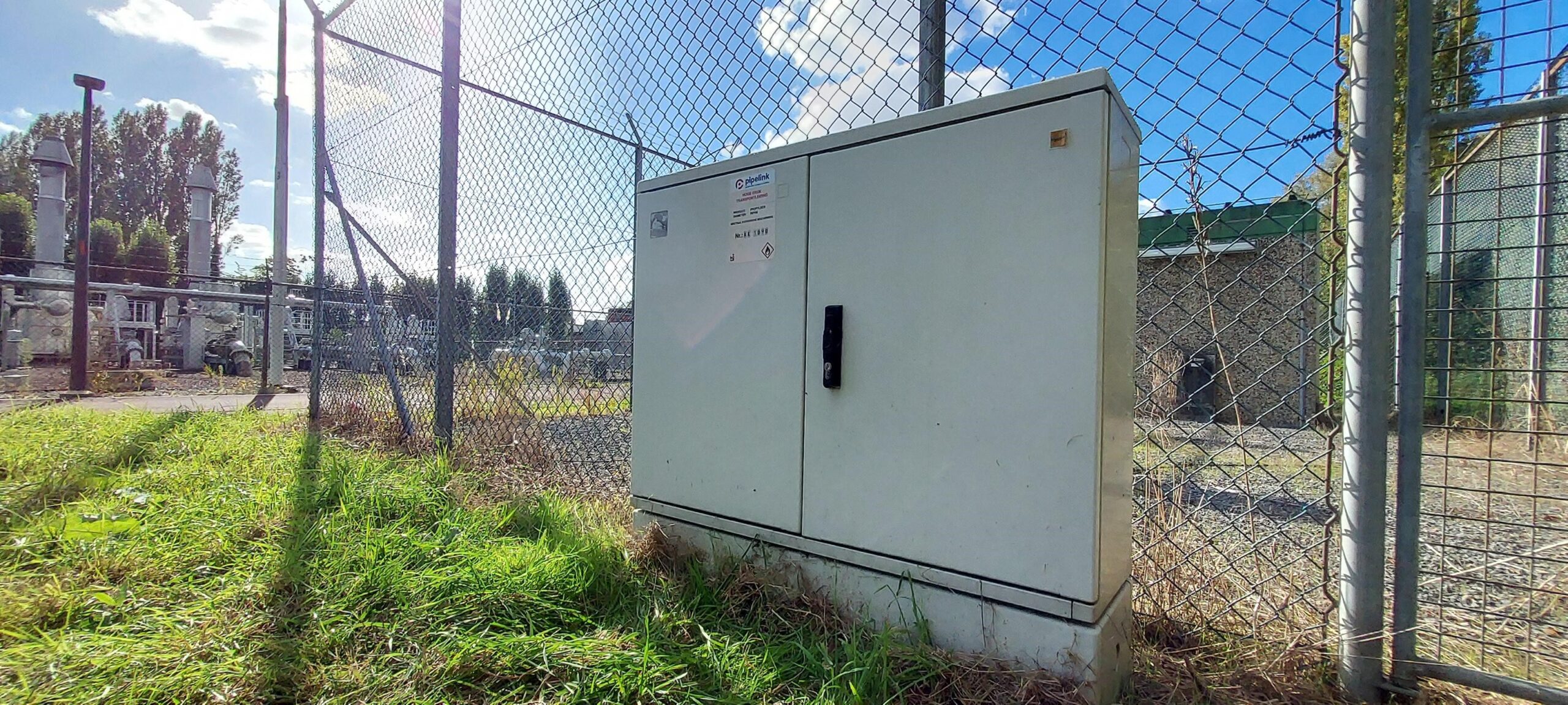
Detection of coating failures
Despite the above protection measures, corrosion may still occur in the vicinity of a coating failure. Therefore, it is very important that coating defects are detected in a timely manner. This can be done using specific inspections and checks, such as:
- The potential measurement of cathodic protection. This measurement gives an indication of the possible coating failure.
- A Direct Current Voltage Gradient (DCVG) survey, which can be used to localize coating failure.
- A Pearson survey, another technique for detecting the location of coating failures.
Direct assessment
If a coating failure is suspected on the basis of the above inspections and checks, a direct assessment is done. In this process, the indicated coating defect is excavated. We examine whether any corrosion has already occurred and its severity. If necessary, we take measures to repair the pipe and coating so that the pipe is tip top again.
Post-assessment
Once the above steps are completed, we evaluate all results and determine if additional inspections or actions are necessary.
Want to know more about us or our inspection methods? Contact Pipelink.

